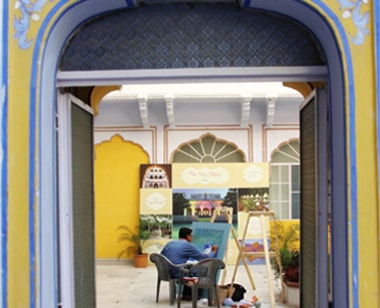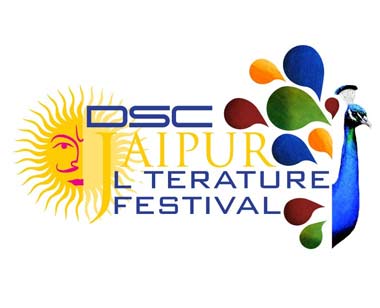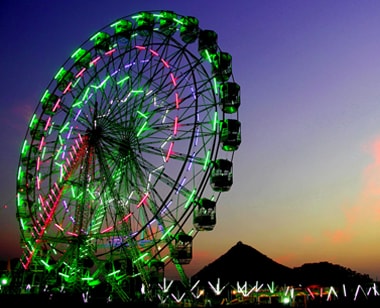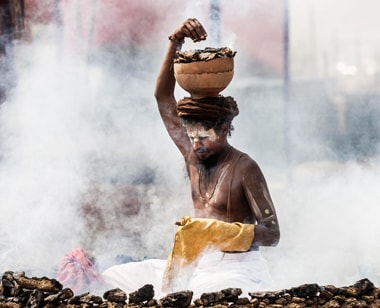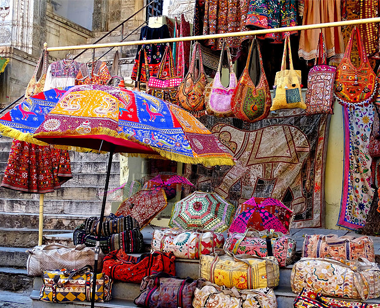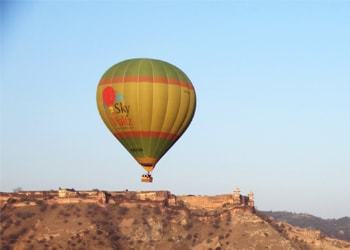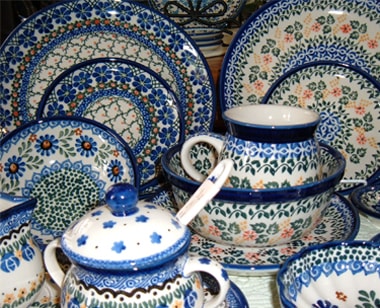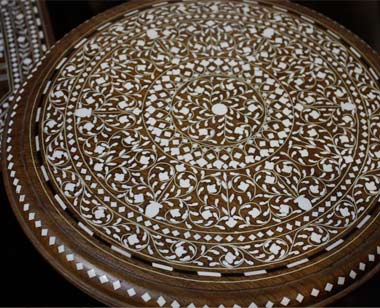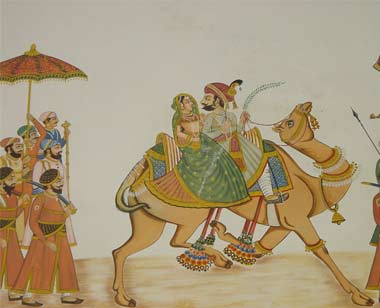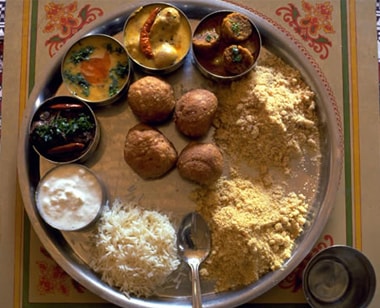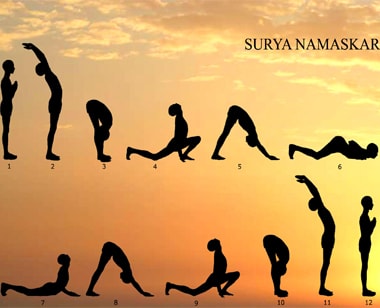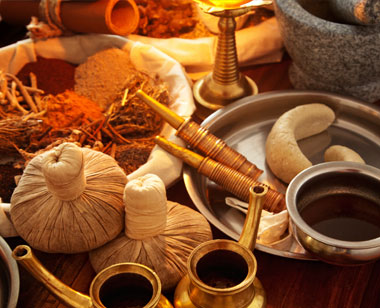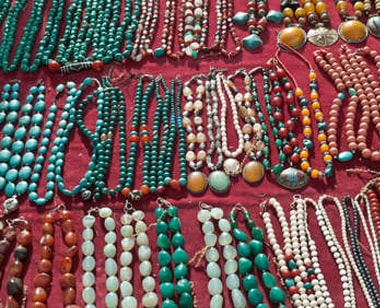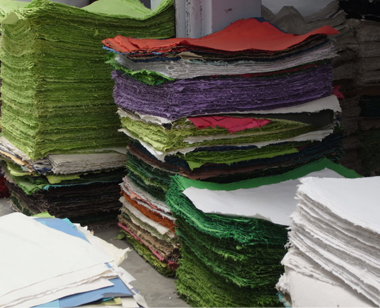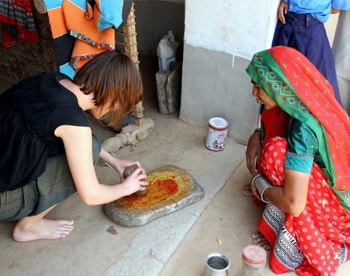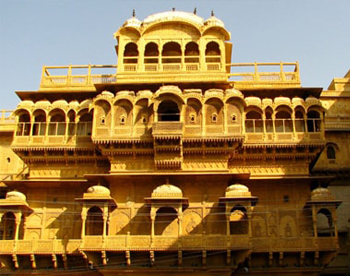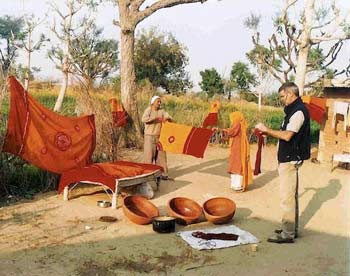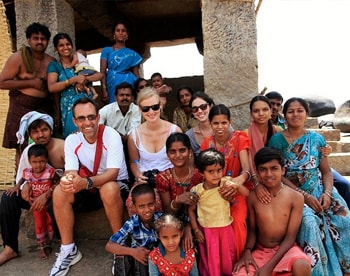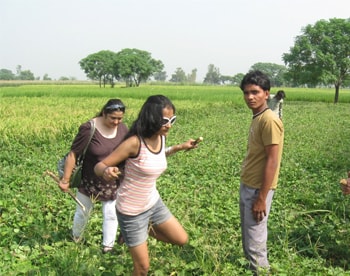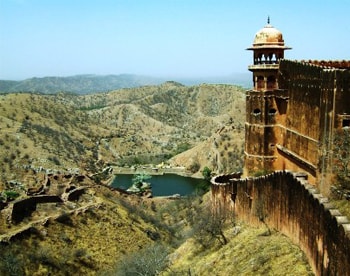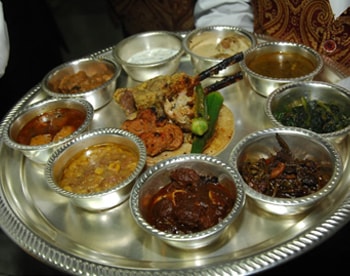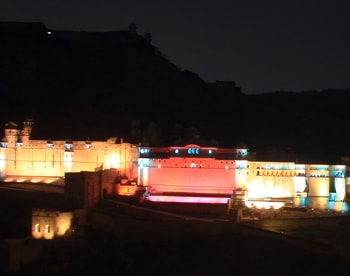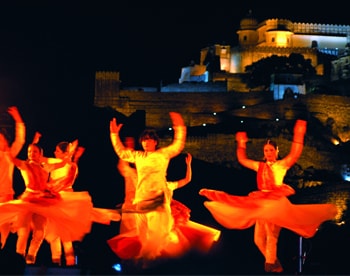Braj-Mewat Circuit
(Alwar- Sariska-Deeg- Bharatpur-Karauli- Ranthambhore)
ALWAR – is a relic city of Rajasthan. Surrounded by prehistoric as well as historic sites that are an archaeologist’s delight. Once, a part of the Matsya kingdom, a trip to Alwar is like being lost in a bygone era. The area is protected from the desert sands by the Aravalli range. Providing another advantage, it crown Alwar with a lot of picturesque locations. The entire region is a delight to behold: medieval forts and palaces, gardens and wildlife, wooded hills providing shelter to a large variety of flora and fauna Today, Alwar has evolved as an important industrial center and is one of Delhi’s satellite towns. Striking a balance between old world charm and modern conveniences, making it a worthwhile tourist destination. Alwar, paradoxically, was both the oldest and newest of all the Rajput Kingdoms. On the one hand, it traced its traditions back to the kingdom of Viratnagra that flourished here around 1500 BC. On the other, it was officially created – carved out of the Martha territories – by the British as late as the 1770’s. The rulers of Altar were distantly related to the Kachhawaha dynasty of Jaipur and, until the mid – 18th century, were merely the chieftains of two villages in Jaipur state. But, by skillfully aligning themselves with the right party at the right time – the Jats of Bharatpur, the Kachhawahas, the Mughals and, finally, the East India Company – they rapidly jockeyed themselves into a position of political consequence.
THE MAHARAJAS OF ALWAR: As a result of their relatively junior status, perhaps, the maharajas of Alwar conducted themselves with great ostentation: their palaces were the most ornate, their pageantry the most spectacular, and their tiger shikars the most elaborately organized. They even affected the title of Saiwai, “ the one – and –a – quarter,” following their grander cousins from Jaipur. It was this innate desire on their part to outshine their fellow princes that made Altar the picturesque place it is today, with its splendid palaces. But since Altar was a poorer state than many others were, the maharajas also made themselves fairly unpopular with their subjects in the process. Altar and its surrounding areas are one of the most interesting and undiscovered parts of Rajasthan. And one of the things that contributes towards making it so are the tales of Maharaja Jai Singh (reigned 1892 – 1937), its brilliant but weird ruler in the early part of this century.
CITY PALACE: The city palace (“Vinay Vilas”, as it is officially called) (left) was built in 1793 by Raja Bakhtawar Singh at the foot of a rugged, towering hill and added to over the centuries by his successors. The palace is a marriage of Rajput and Mughal styles – an almost baroque profusion of arches, balconies, pavilions and porticos, with an accent on bangaldar caves; with seem characteristic of northeastern Rajasthan. Once, this palace was part of the Maharajas’ ornate lifestyle and housed, among other things, a drinking cup cut out of a single emerald in its treasury and a mammoth, double storied, four elephant carriage in its stables. Today, however, the palace has been converted into the district’s collectorate, and its halls and chambers have been turned into government offices.
CENTRAL COURTYARD: The central courtyard of the palace (below) is impressive, with its graceful marble pavilions set on lotus – flower bases, its inner walls lined with canopied balconies and its dramatic marble checkerboard floor. Once dancing girls performed here by moonlight, but today it is often the venue for rowdy teenagers’ cricket matches.
DURBAR HALL: Beyond the marble pavilions lies the splendid, old durbar hall, its walls and ceilings richly covered with gilded arabesques still remarkably fresh. In an antechamber beyond is an exquisite frieze of miniature paintings, sealed under glass and set in gilt, running along the wall. Permission Maharaja, who now lives in Delhi.
RANI MOOSI CHHATRI: Behind the Palace lie the old temple tank and the cenotaph of Raja Bakhtawar Singh and Rani Moosi, who performed sati. It is a superb example of early 19th century Rajput architecture, with its graceful brown Karauli sandstone structure and its nine white marble canopies. Its style is completely different from those of other cenotaphs in the rest of Rajasthan. Beneath the dome you can see interesting frescos of scenes from the epics Ramayana and Mahabharata.
THE MUSEUM: The palace museum has a wonderful collection of exhibits, reflecting the eclectic tastes – and the personal wealth – of the maharaja of Alwar. There are some excellent manuscripts here, including an illustrated Mahabharata, on a 200 foot long scroll, made from a single length of paper, with writing so tiny it must be read with a magnifying glass. Other prize pieces here are illustrated manuscript of Gulistan, Shah Nama, and on Emperor Babur’s life. There are also some fine Ragamala paintings and miniatures from the Alwar, Bundi, and Mughal schools. (Don’t miss the miniature of the incarnations of Vishnu). In the armory section you will find several historic swords, including those belonging to Sultan Mohammad Ghori, as well as the Mughal emperors Akbar and Aurangzeb. You will also find a fascinating collection of armor (including a suit of crocodile leather armor) and the usual strange Rajput weapons, such as a nagphas, a carpet –beater shaped weapon ingeniously designed for strangling the enemy. There are various other heirlooms from the maharajas’ collection, from perfumed sandalwood fly whisks to a solid silver dinning table (with trompe-l’ oeil waves shimmering across it for good measure). One thing that is not here, however, is Maharaja Jai Singh favorite car: a gold Lanchester, shaped in the form of the King of England’s coronation carriage, but without the horses
BALA QILA: Towering on a craggy hill that dominates the town is Bala Qila (“Young Fort”). Built on the foundations of an ancient mud fort constructed in AD 928 by Nikumbh Rajputs, it has had a turbulent history and was successively occupied by the warring Mughals, Pathans and Jats before finally being captured by Raja Pratap Singh in 1775. Bala Qila is accessible only by jeep (with special permission from the Superintendent of Police, for there is a police wireless station located in its citadel today). As you drive up the steep slope you can see the amazing fortifications that run all the way along the hill, often at crazy, seemingly impossible, angles. Passing through a series of massive gates, you finally enter Nikumbh Mahal Palace at the top. Built in the early 19th century, it has graceful bangaldar caves, carved marble columns and delicate latticed balconies opening onto a central courtyard. Inside the baradari (pavilion), there are some beautiful gilded frescos on the walls and ceiling. And outside, beneath the canopies surrounding the courtyard, are traces of other delicately painted panels. From here there is stunning view of the surrounding countryside, and you can also see the miles of ramparts that enclose the fort: a feat of military engineering, sometimes running vertically up the hill, and provided with literally thousands of steps built for the sentries who patrolled its top. You can also see, on a nearby ridge, the palace of the Mughal Prince Saleem, later Emperor Jahangir, who was exiled here for three years for trying to assassinate Abu’l Fazal, one of the celebrated “Nine Gems” of his father Akbar’s Court.
SARISKA TIGER RESERVE: This game sanctuary, 20 miles southwest of Alwar, was once the personal hunting ground of the Maharajas of Alwar. It became a sanctuary in 1955 and was taken up under project tiger in 1979. It covers an area of 320 square miles (with a core area of 192 square miles). The forested hills of Sariska are among the best places to view tigers in India. There is a tiger population of approximately thirty here. Unlike other sanctuaries, the tigers here can sometimes be sighted by day. These daytime sightings are on the increase, with the tigers gradually becoming more confident with human beings around. The best time of the year to see the tigers is during the summer months, when they come out to the water holes to drink and when there is less jungle foliage to provide them with cover. Other animals here are panthers (which tend not to overlap in the same areas with tigers), jungle cats, and caracals. In addition, there are the Nilgai, Chital, Sambar, Wild Boar, and Porcupine. The reserve is also rich in Birds, including gray partridge, quail, sand grouse, and white – breasted kingfisher. The best way to see the animals is to drive through the reserve either in the early morning or in the late evening. While there are paved roads within the reserve, and you can drive through it by car, it might be preferable to hire a jeep so that you can go off the regular track into the interiors of the forest. In the core areas, especially, you can see from the lovely forests what much of the Indian countryside must have looked like, right up to the first half of this century. Also, it is a unique experience to visit the remote little village in the outer areas of the reserve to see how the way of life, totally untouched by outside influences, remains virtually the same as it has been for centuries. The villagers still live, for instance, with the daily threat of their cattle being carried away by leopards!
SILISERH: En route to Sariska, 08 miles southwest of Alwar, is the water palace of Siliserh and a pretty lake ringed by low, wooded hills. There is a romantic legend about this palace. Once, a young raja of Alwar was out riding when he heard a beautiful village maiden singing. He immediately fell in love with her. She seemed to reciprocate his feeling, but her brothers suddenly arrived on the scene and, infuriated at what they saw to be an insult to their sister’s honor, were about to kill the raja. The raja then revealed his identity and promised to marry the girl. He built this palace for her so that she could look out at her old village across the lake’s water. The palace is now a rather shabby hotel, but it’s worth stopping here briefly, sitting on the lovely terrace, and watching the cormorants diving for fish in the waters of the lake.r
 +919828167660, +919414075013
+919828167660, +919414075013

